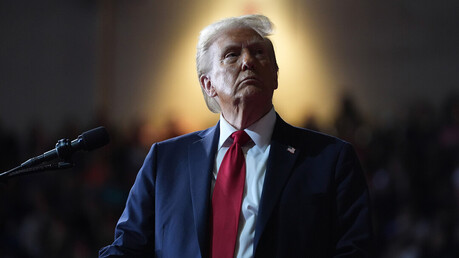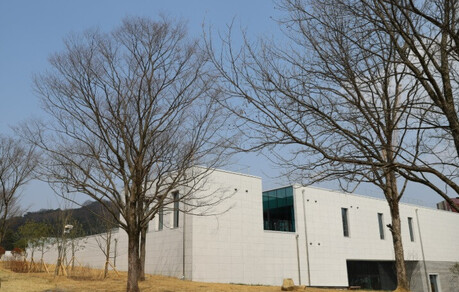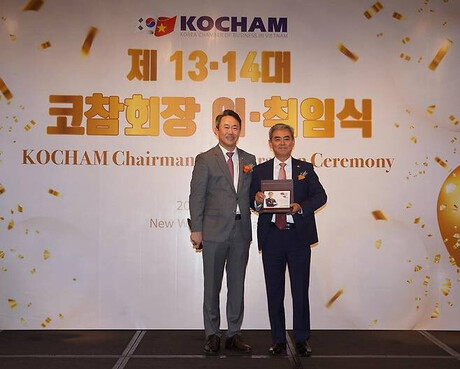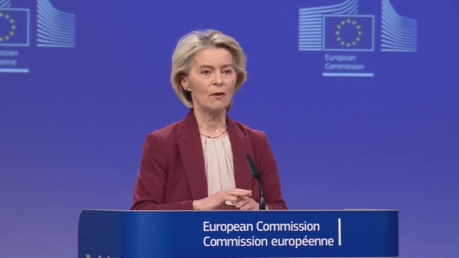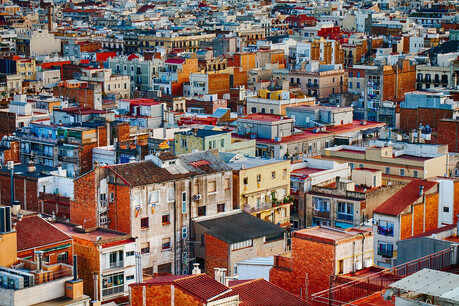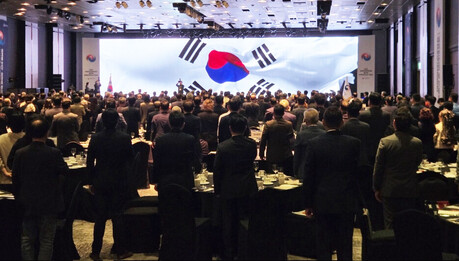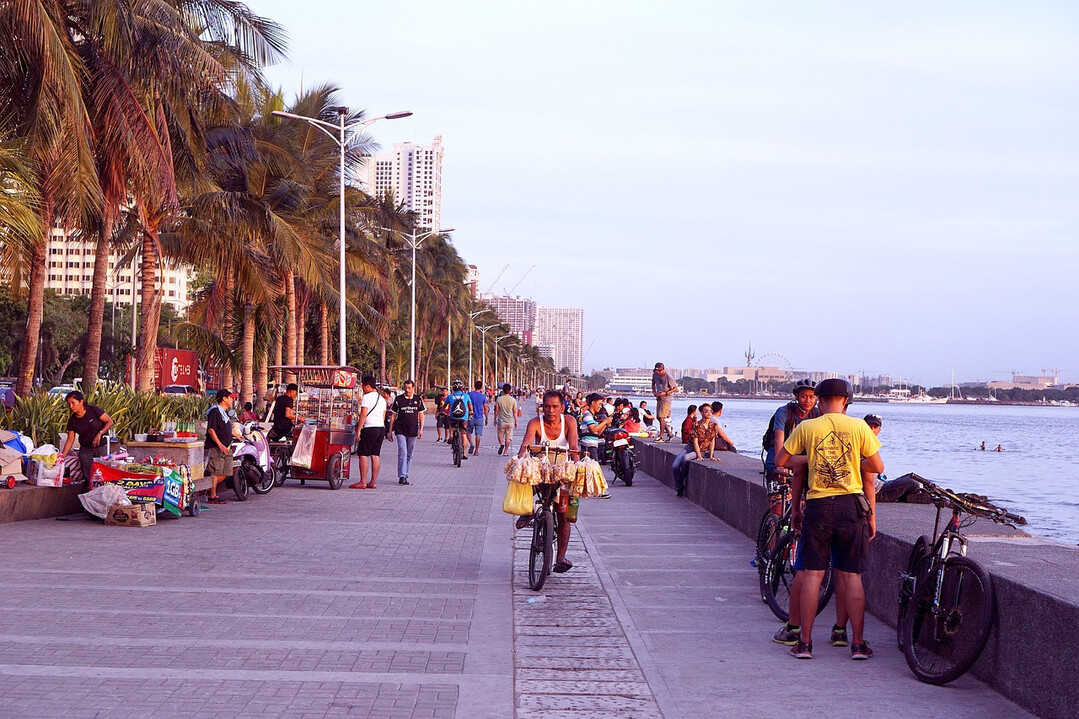
MANILA, Philippines – According to the World Bank's latest classification, the Philippines unfortunately remains a lower-middle-income country (LMIC), narrowly missing the threshold to become an upper-middle-income country (UMIC). In 2024, the Philippines' Gross National Income (GNI) per capita reached $4,470, an increase from the previous year, but it fell short of the UMIC entry threshold of $4,496 by just $26. This outcome suggests that despite continuous economic growth, the Philippines still faces structural issues and external factors that need to be addressed to ascend to a higher income bracket.
World Bank Income Classification and the Philippines' Current Status
The World Bank updates its country income classifications annually on July 1, based on the previous year's GNI per capita. GNI per capita is a key indicator used to assess the economic development level of a country, calculated by dividing the total income earned by a nation's residents, both domestically and abroad, in a given year by its population. The World Bank uses the Atlas method to calculate GNI, which then classifies countries into low-income, lower-middle-income, upper-middle-income, and high-income categories.
Currently, the Philippines is classified as a lower-middle-income country, with a GNI per capita between $1,136 and $4,495. The Philippines' GNI per capita of $4,470 in 2024 is an increase from $4,230 last year, but it did not reach the 2025 upper-middle-income country threshold, which ranges from $4,496 to $13,935. This means the Philippines missed entering the upper-middle-income category by a mere $26, deferring its entry to a later opportunity.
Compared to other Southeast Asian countries, Vietnam's GNI per capita of $4,490 surpassed the Philippines, but it also remained a lower-middle-income country. Cambodia ($2,520), Laos ($2,000), and Myanmar ($1,220) were also classified as lower-middle-income countries. In contrast, Malaysia ($11,670), Thailand ($7,120), and Indonesia ($4,910) maintained their upper-middle-income status, while Singapore ($74,750) and Brunei ($36,150) are high-income countries.
Upper-Middle-Income Country Entry Goal and Expert Projections
Arsenio M. Balisacan, Secretary of the National Economic and Development Authority (NEDA), stated in April that the Philippines maintains its goal of becoming an upper-middle-income country by 2026. However, Gonzalo J. Varela, Senior Economist for Brunei, Malaysia, the Philippines, and Thailand at the World Bank, indicated that the Philippines' transition to UMIC might be slightly delayed. Varela said in a briefing on June 19, "The pace of economic growth seems to have slowed down a bit compared to what was expected six months ago, so it might take a little longer. Therefore, I think it's more likely to achieve UMIC status around 2027." The World Bank forecasts the Philippines' economic growth rate at 5.3% this year, which is below the government's recently revised target of 5.5% to 6.5%.
Regarding these projections, domestic experts in the Philippines expressed some skepticism. Ser Percival K. Peña-Reyes, Director of the Ateneo Center for Economic Research and Development, stated, "I'm skeptical. A lot of effort is needed to improve our competitiveness ranking to attract more investments." While the Philippines rose one notch to 51st in the International Institute for Management Development (IMD)'s 2025 World Competitiveness Yearbook, it still ranks 13th among 14 Asia-Pacific economies, remaining a laggard in the region.
John Paolo R. Rivera, a Senior Research Fellow at the Philippine Institute for Development Studies, acknowledged the possibility of the Philippines becoming an upper-middle-income country by 2027 but emphasized the need for "stronger, more inclusive, and sustained economic growth." Rivera advised the government to strengthen infrastructure development and boost productivity in the agriculture and manufacturing sectors. He also pointed out, "Missing the UMIC threshold despite a lower benchmark shows that structural issues and global headwinds continue to burden the Philippines' income trajectory." He further noted that slower-than-expected growth, depreciation of the peso, and inflationary pressures negatively affected the Philippines' GNI per capita.
Challenges for the Philippines to Achieve Higher Income Status
For the Philippines to advance beyond upper-middle-income country status to a high-income nation, it must address several structural challenges.
First, sustained and inclusive economic growth is essential. Growth must not be concentrated in specific industries but should be balanced across all sectors, with benefits spreading throughout society. This requires attracting investment, strengthening domestic industrial competitiveness, and fostering small and medium-sized enterprises.
Second, infrastructure expansion is a critical element for building the foundation of economic growth. Beyond improving physical infrastructure like roads, ports, and airports, digital infrastructure must also be developed to enhance logistics efficiency and support the growth of new industries.
Third, productivity improvement is urgent. This is especially true for the agriculture and manufacturing sectors, which need technological innovation and automation to boost productivity. This will lead to increased labor productivity, ultimately contributing to a rise in GNI per capita.
Fourth, efforts to enhance competitiveness are crucial. The business environment must be improved, regulations eased, and human resources developed to increase international competitiveness. This will also positively impact the attraction of foreign direct investment (FDI).
Finally, strengthening resilience to external shocks is necessary. To prepare for global economic uncertainties, policy efforts are vital to maintain currency stability, manage inflationary pressures, and minimize economic volatility caused by external factors.
The Philippine government is pursuing various economic reforms to achieve its 2026 UMIC entry target. However, as experts have pointed out, the focus should not merely be on achieving numerical targets but on implementing fundamental solutions for improving the real quality of life for its citizens and ensuring sustainable development. All eyes are on whether the Philippines can successfully overcome its current challenges and be classified as an upper-middle-income country in the next World Bank classification.
[Copyright (c) Global Economic Times. All Rights Reserved.]

















